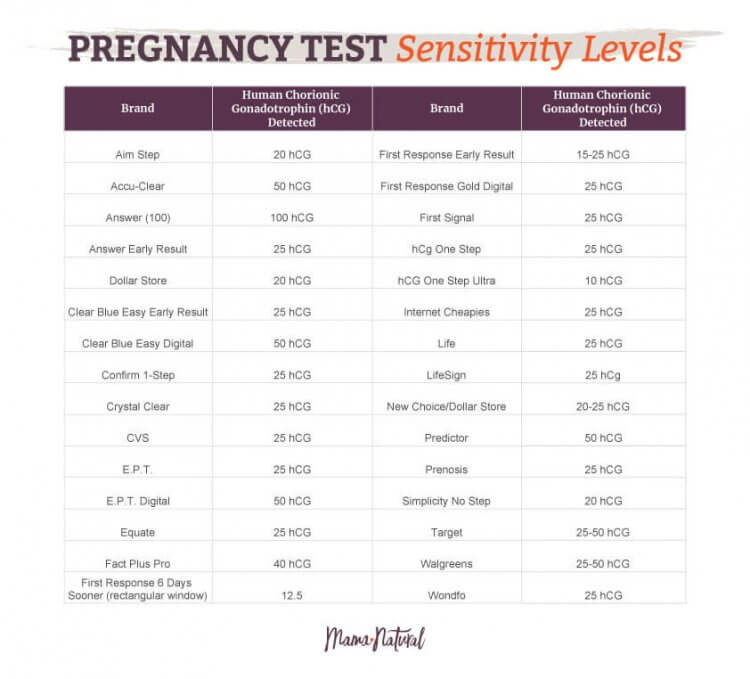
Home Pregnancy Test Sensitivity: A Comprehensive Guide
Introduction
Home pregnancy tests (HPTs) are a convenient and widely used method for detecting pregnancy in the comfort of one’s own home. They work by detecting the presence of human chorionic gonadotropin (hCG), a hormone produced by the placenta during pregnancy. The sensitivity of an HPT refers to its ability to detect hCG at low concentrations in urine.
Types of HPTs
There are two main types of HPTs:
- Qualitative HPTs: These tests simply indicate whether hCG is present or not, without providing any information about the concentration.
- Quantitative HPTs: These tests measure the concentration of hCG in urine, providing a more precise indication of pregnancy status.
Sensitivity of HPTs
The sensitivity of HPTs is measured in milli-international units per milliliter (mIU/mL). Lower sensitivity values indicate that the test can detect hCG at lower concentrations.
- Highly sensitive HPTs: These tests have a sensitivity of 10-25 mIU/mL and can detect pregnancy as early as 6-8 days after ovulation.
- Standard HPTs: These tests have a sensitivity of 20-50 mIU/mL and can detect pregnancy about 10-14 days after ovulation.
- Less sensitive HPTs: These tests have a sensitivity of 50-100 mIU/mL and are less likely to detect early pregnancies.
Factors Affecting HPT Sensitivity
Several factors can affect the sensitivity of HPTs:
- Time of day: HCG levels are highest in the morning, so taking a test first thing in the morning is recommended for optimal sensitivity.
- Hydration status: Diluted urine can reduce hCG concentration, making it harder for the test to detect.
- Urine collection method: Collecting urine midstream can help minimize contamination and ensure accurate results.
- Test brand: Different HPT brands may have varying sensitivities.
- Expiration date: Expired HPTs may not be as sensitive as they should be.
Accuracy of HPTs
HPTs are generally very accurate when used correctly. However, false positives (indicating pregnancy when not pregnant) and false negatives (indicating no pregnancy when pregnant) can occur.
- False positives: These can occur due to certain medications, medical conditions, or chemical interference.
- False negatives: These can occur if the test is taken too early, the urine is diluted, or the test is defective.
Interpreting HPT Results
- Positive result: Two lines or a plus sign indicates a positive result, regardless of the intensity of the lines.
- Negative result: One line or a minus sign indicates a negative result.
- Invalid result: If no lines or an unclear result is displayed, the test is invalid and should be repeated.
When to Take an HPT
The best time to take an HPT is about 10-14 days after ovulation. However, highly sensitive HPTs can detect pregnancy as early as 6-8 days after ovulation.
Limitations of HPTs
- HPTs cannot determine the exact gestational age of the pregnancy.
- HPTs cannot diagnose ectopic pregnancies or other pregnancy complications.
- HPTs should not be used as a substitute for medical evaluation and prenatal care.
Conclusion
Home pregnancy tests are a valuable tool for detecting pregnancy, but it is important to understand their sensitivity and limitations. By using HPTs correctly and interpreting the results accurately, individuals can gain valuable information about their pregnancy status. It is always advisable to confirm positive HPT results with a healthcare professional.